Understanding External Links
and Their Importance in SEO
External links, also known as outbound or outgoing links, are hyperlinks that direct users from one website to another. Unlike internal links, which direct visitors to different pages within the same website, external links lead users to content on other websites. They serve multiple purposes, from providing readers with additional information to establishing connections between websites that help search engines understand content relationships. External links in SEO are crucial in building a site's credibility and improving its visibility in search engine rankings.
Below, we'll explore what external links are and how they impact SEO, best practices for using them, and real-world examples that illustrate their importance.
- What Is an External Link?
- The Impact of External Links on SEO
- Do Broken External Links Hurt SEO?
- What is the Difference Between Backlinks and External Links?
- What is an Internal and External Link?
- What is an External File Link?
- How to Build External Links for SEO
- Best Practices for Using External Links
- How to Check External Links
- What Is an Example of an External Link?
- Relevant Links
- What Is an External Link?
An external link is any webpage hyperlink directing users to a different domain. For example, if a blog post about digital marketing strategies includes a link to a trusted industry report on another website, that link is considered external. These links serve as endorsements, signaling to search engines that the linked content is valuable, relevant, and reliable.
External links also help search engines understand the relationship between different websites and the flow of information across the web. When used appropriately, they contribute to a website’s authority and enhance its reputation within its niche or industry.
Key attributes of external links:
- Anchor Text: The clickable text users see, ideally describing the linked content.
- Target URL: The destination address where the link leads.
- Rel Attributes: Indicators that tell search engines how to treat the link (e.g., “nofollow” to prevent passing link equity).
2. The Impact of External Links on SEO
Benefits of external links for SEO include:
- Boosting Credibility and Authority:
- Enhancing User Experience:
- Better search engine signals:
- Improving Relevance and Context:
- Encouraging Reciprocal Linking and Partnerships:
However, external linking must be done carefully. Overlinking, linking to low-quality sites, or using broken external links can harm your SEO efforts. For instance, broken external links can lead to poor user experience and may signal to search engines that your site is poorly maintained.
3. Do Broken External Links Hurt SEO?
4. What Is the Difference Between Backlinks and External Links?
- Backlinks: These are links from other websites that point to your site. They're often called inbound links and are key to determining a site's authority and ranking.
- External Links: These hyperlinks on your website direct users to a different domain. Unlike backlinks, you control these links and use them to provide additional resources, improve user experience, and signal to search engines that you're referencing authoritative sources.
In short, backlinks point to you, while external links point away from your site.

5. What Is an Internal and External Link?
- Internal Links: These hyperlinks connect one page of your website to another. They help users navigate your site and distribute link equity, supporting a logical site structure.
- External Links: As described earlier, these direct users from your site to a different domain. They’re often used to reference authoritative sources or provide additional relevant information.
So, internal links keep users within your site's ecosystem, while external links lead them to outside resources.
6. What Is an External File Link?
External file links are helpful for supplementary materials but should be regularly checked to ensure the target file is still accessible. As with any external link, broken file links can frustrate users and affect your site's perceived reliability.
7. How to Build External Links for SEO
• Find Relevant, High-Quality Sources:
Research and identify reputable websites that complement your content. These might include government publications, industry leaders, well-known news outlets, respected research organizations, or official publications.
• Use Descriptive Anchor Text:
Use descriptive, relevant anchor text that accurately reflects the linked page's content. For example, instead of "click here," use "study on digital marketing trends."
• Ensure Links Open in a New Tab:
By setting external links to open in a new tab, you keep users on your site while allowing them to access the additional resources.
• Add Rel Attributes When Appropriate:
If you don’t want search engines to follow a link (for example, if it’s a paid sponsorship), add a “nofollow” attribute. For affiliate links, consider using “sponsored.”
• Keep it natural:
Incorporate external links naturally into your content. Only include them where they genuinely add value to the reader’s experience.
• Check Links Regularly:
Broken links diminish user experience and can harm SEO. Regularly audit your website to ensure all external links are functional and point to the intended content. Broken links can lead to a poor user experience and negatively impact SEO.
8. Best Practices for Using External Links
1. Link to Reputable, Authoritative Sources:
Always link to reputable, well-established websites. This helps maintain your content's credibility and can improve your domain authority. Avoid linking to low-quality or unverified information, as this can reflect poorly on your content.
2. Keep the User’s Needs in Mind:
External links should always serve the reader. Don't include a link that doesn't provide value—such as leading to outdated or irrelevant information.
3. Limit the Number of External Links:
While external links are beneficial, overloading your page with them can dilute the value of your content. Use them strategically and sparingly.
4. Maintain a Balance Between Internal and External Links:
Internal links help guide users through your site, while external links provide additional context. While external links are valuable, don't overdo it. Balance them with internal links to maintain a cohesive navigation structure and help distribute link equity within your site.
5. Monitor and update regularly:
Ensure that your external links remain relevant and up-to-date. Remove or replace links to outdated or low-quality content.


9. How to Check External Links
Steps to Check External Links:
1. Use Google Search Console:
- In the Links section of Google Search Console, you’ll find data about the sites linking to your domain.
- While it primarily focuses on backlinks, you can still spot external links from your pages to other domains. By cross-referencing this data with your own site’s link inventory, you can identify any inconsistencies or broken links.
- Check for sudden drops in external link counts, which might indicate broken links or changes in your content.
2. Leverage Online Link Checkers:
- Atomseo Broken Links Checker quickly scans your website for broken external links.
- With the ability to check up to 1,500 links per day for free, Atomseo makes it easy to find errors, even on larger sites.
- By identifying broken external links, Atomseo helps prevent negative SEO signals and keeps your content trustworthy and user-friendly.
3. Try Other Specialized Tools:
- Screaming Frog SEO Spider:
- Ahrefs and SEMrush:
- Dead Link Checker:
4. Manually Verify High-Value Links:
- For critical pages, consider manually clicking each external link to ensure it directs to the intended content.
- While this is more time-consuming, it’s a reliable way to confirm the accuracy and relevance of your most important links.
5. Schedule Regular Reviews:
- Set a schedule—monthly or quarterly—to review your external links.
- Regular audits help you identify broken links early and maintain a seamless user experience.


10. What Is an Example of an External Link?
- Industry Reports:
- Government Resources:
- Academic Research:
- Manufacturer Documentation:
It's equally important to ensure that all your external links are functional. Broken links create a poor user experience and can negatively impact your site's SEO performance. Tools like Atomseo Broken Links Checker make this process quick and efficient, identifying broken links and errors on your site. With the ability to check up to 1,500 links daily for free, Atomseo helps you maintain a healthy link profile, ensuring that your external links always lead your readers to the valuable content they expect.
11. Relevant Links
Core Web Vitals: SEO Impact and Importance in Google’s SEO Algorithm
Technical SEO Audit Checklist: Identify and Fix SEO Issues
Invalid URL: Meaning, Causes, and Best Practices to Fix
Subdirectory vs Subdomain: Key Differences & SEO Impact
Subdomain SEO: When to Use and How to Optimize
Click Depth: How to Improve It for SEO and User Experience
Crawl Depth: What It Is and How to Optimize It
Orphan Pages: SEO Effects and Solutions
SEO Internal Linking: A Key Strategy for Higher Rankings
Breadcrumbs Navigation: SEO and Usability Benefits
Multilingual SEO: Best Optimization Practices & Examples
Multi Regional SEO: Best Practices for Website Optimization
Hreflang Tags: What Is It and How to Use It
Canonical Tags: Essential Guide for SEO
Robots.txt File: Creating, Tips and Typical Mistakes
Robots.txt Disallow: Control Search Engine Crawlers and Manage Website's Visibility
XML Sitemap: Recommendations and Examples
HTML Sitemap: Benefits for User Experience and SEO
H1 Tag: Meaning, SEO Impact & Best Practices
Title Tag: Understanding, Creating, and Optimizing
Meta Description Length: How Long Should Your Meta Description Be?
Website Redesign: Comprehensive Guide
Broken Internal Links: Finding and Resolving
Link Checker Tool: Identify Broken Links or Unsafe URLs
Website Relaunch: Step-by-Step Guide
Broken Link Building: Detailed Guide to Improve SEO
Finding and Fixing Broken Links with Google Search Console
Bulk URL Checker: Find & Fix Broken Links Quickly
Broken Image Links: Finding and Fixing
Changing URLs: How to Do It Right
Broken Pages: Identify and Resolve
Dead Links: Finding and Fixing
Learn More About Atomseo Features
Check out Free Broken Link Checker for Chrome and Edge
PDF Link Checker
The Complete List of HTTP Statutes
